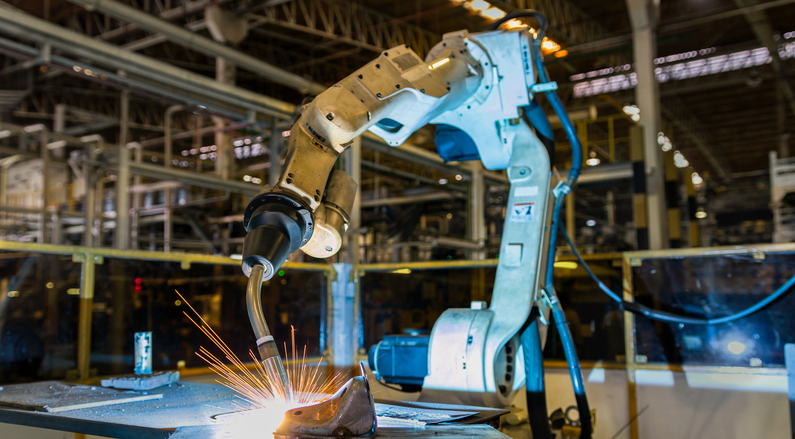The end-effector, also known as the end of arm tooling (EOAT), is a critical component in industrial robotics. While the robot itself provides the movement and flexibility, it’s the EOAT that enables the robot to interact with its environment and perform specific tasks. Manufacturers typically design robots without EOAT, allowing integrators to customize them based on the application requirements. Choosing the right EOAT is essential for ensuring optimal performance. The type of end-effector used directly affects how efficiently a robot can complete its assigned tasks. Whether it's picking, placing, welding, or assembling, the correct EOAT can significantly enhance productivity and reduce downtime. Selecting the best EOAT requires a deep understanding of the application. Experienced robotic systems integrators evaluate various factors such as load capacity, speed, working environment, part geometry, and space limitations. For example, in material handling, the size and weight of the object determine whether a mechanical gripper or vacuum system is more suitable. In applications where reach is important, the weight of the EOAT becomes a key consideration. Lighter tools can improve the robot’s speed and accuracy, while heavier ones may require stronger actuators. Quick-change tooling systems are often used to allow the robot to switch between different EOATs during a cycle, increasing versatility and efficiency. Ultimately, the right EOAT is determined by a combination of technical specifications and real-world application needs. It’s about finding a balance between performance, cost, and reliability. Using the wrong EOAT can lead to major issues, including reduced efficiency, increased maintenance, and even damage to the robot. If the EOAT isn’t designed to handle the required load or doesn’t grip parts properly, the entire system can suffer from delays and errors. Reliable robotic performance starts with the right end-effector. A well-chosen EOAT ensures that the robot can perform its tasks accurately and consistently. It allows the robot to operate at its full potential, leading to faster production cycles and better return on investment (ROI). End-effectors play a crucial role in maximizing the value of industrial robots. Without the proper EOAT, even the most advanced robot will struggle to deliver the results expected in modern manufacturing environments. Investing in the right EOAT is not just about functionality—it’s about long-term performance, profitability, and operational success. Working with an experienced integrator who understands your industry and application needs is key to making the right choice. To learn more about how to select the ideal EOAT for your robotic system, explore Genesis Systems Group’s expert robotic tooling solutions and discover how they can help you achieve greater efficiency and productivity. vffs packaging machine,vffs machine,form fill seal machine FOSHAN HIGH-TECH MACHINERY EQUIPMENT CO., LTD , https://www.packingweigher.comHow the Right Robotic End-Effector Impacts Robotic Performance

How Is the Right Robotic End-Effector Selected?
Why Does the Right End-Effector Matter for Performance?
How the Right Robotic End-Effector Impacts Robotic Performance
